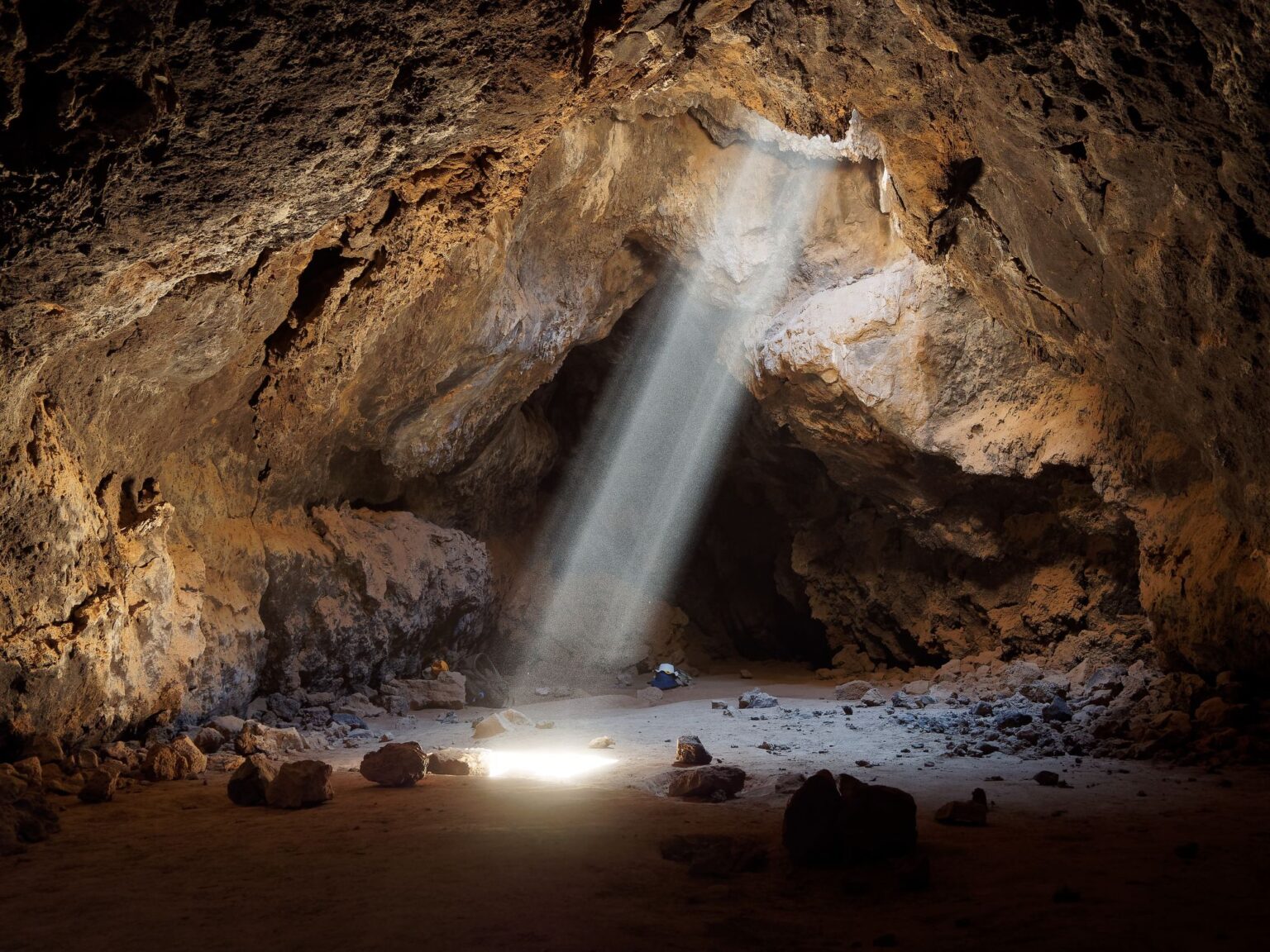Scientists have long known that Mars has large holes in the surface — lava caves. They are considered as one of the possible locations for a base on this planet. In a new study, Ukrainian scientist Anatoliy P. Vidmachenko was able to say which geological sites are best suited for this.

Martian caves
When astronauts one day land on Mars, they may have to live in caves or lava tubes to survive the harsh radiation that falls on the Martian surface every second. But which objects can give them the best chance of survival?
A recent study presented at the 55th Lunar and Planetary Science Conference aims to do just that.Dr. Anatoliy P. Vidmachenko of the National University of Bioresources and Nature Management of Ukraine showed where, how and why lava tubes and lava caves could help future astronauts on Mars survive. This work can help scientists and engineers reduce the risks to future astronauts on Mars and determine what steps need to be taken to make this a reality.
For the study, Vidmachenko examined several locations on Mars where lava caves and lava tubes suitable for future first settlements were found, including Arsia Mons, one of three extinct volcanoes that make up the Tharsis Montes massif.
Survival sites on Mars
A 2007 study presented at the 38th Lunar and Planetary Science Conference discussed seven probable light holes found in orbital images that were later interpreted as entrances to lava caves. This recent study mentions that these lava caves can be 100 to 250 meters in diameter.
“Such reliable caves can be used to create the first permanent settlements,” the study notes. “They will allow you to reliably protect yourself from powerful radiation exposure. And a certain drawback will be the need to organize the delivery of water ice to provide the settlers with water resources and raw materials for extracting the much-needed oxygen and hydrogen fuel for rocket engines.”
The study mentions several other places on Mars where pits or light holes have been found, including the Hebrus valleys, Hebrus Valles, the Pavonis volcano, Ascraeus Mons, Acidalia Planitia, and Cydonia Mensae.
How can astronauts survive in the lava caves of Mars?
In addition, the study discusses how lava channels, caves, or tubes located near water ice sources could also prove useful for future astronauts, which could significantly reduce the cost of delivering and storing water on their spacecraft for the initial journey to Mars.
“The best case would be a lava tube with strong walls found next to powerful glacial structures,” the study notes. “The colony itself, most likely, will have the appearance of separate premises, with residential, engineering, elevator and greenhouse compartments. They will have to be connected to each other by small transition tunnels to control the pressure and composition of the artificially created atmosphere in them.”
The reason that cosmic and solar radiation falls on the Martian surface every day is because there is no protective ozone layer and magnetic field, which exist on Earth and help protect our planet from it, allowing life to exist here for billions of years. While Mars may have had both mechanisms billions of years ago, the Red Planet’s interior has cooled dramatically since then, causing these defenses to be stripped away by the solar wind and lost to space.
The study comes at a time when NASA plans to send humans to the Moon, and subsequently Mars, for the first time in more than 50 years. So proper preparation for sending the first astronauts to the Red Planet can help improve their chances of survival throughout the journey, and this study has illuminated several ways lava tubes can help with that.
According to phys.org


